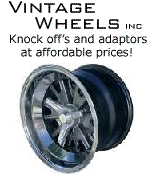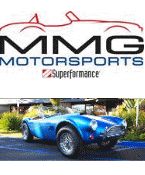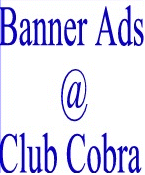
01-04-2005, 11:53 AM
|
 |
CC Member

|
|
|
Join Date: Jan 2003
Location: COMOX,
B.C
Cobra Make, Engine: Contemporary 427 CCX 3627 ,TKO 600 RR,TWM 58mm DFI
Posts: 94
|
|

 Not Ranked
Not Ranked
 Technical weight transfer question for smart guys
Technical weight transfer question for smart guys
Gentlemen: Simply put:If you put a bicycle on a stand and rotate the tire and put on the brake - the Action of the brake (Caliper) is to move in the direction of the tire while applying friction until the tire stops.In a Car most times I see that the Front calipers are behind the wheel (At the 3 Oclock position as you face the tire).I`d like to think that the manufacturers put these there to "Lift" the front end as the weight transfer shifts forward on braking while tendency for the caliper is to move upwards.Why though do I see some cars have the rear brake calipers at the rear (Same position) as the front?.My Jag calipers are where I would assume they do the most good - At the Front (9 Oclock) position (Looking from the side).I`m interested on some points of view!....I have already been told that an Automotive chassis doesn`t act the same way I picture that Bicycle wheel`s brakes do...But I think simply put - It`s exactly the same....  |



















 Threaded Mode
Threaded Mode

